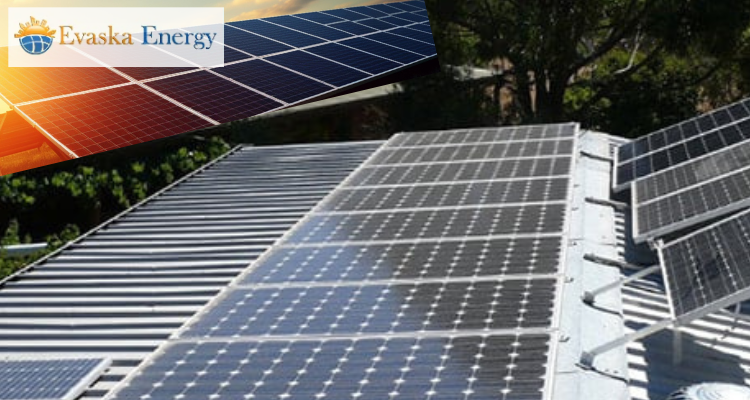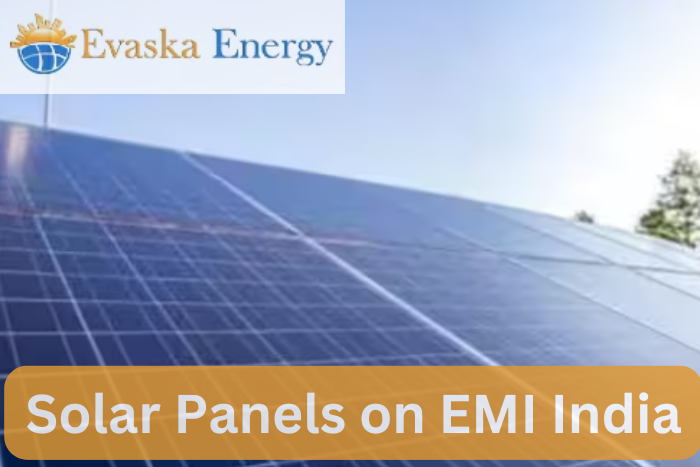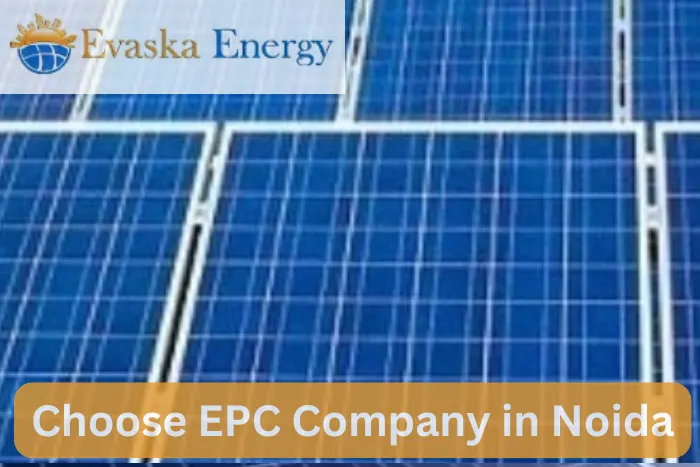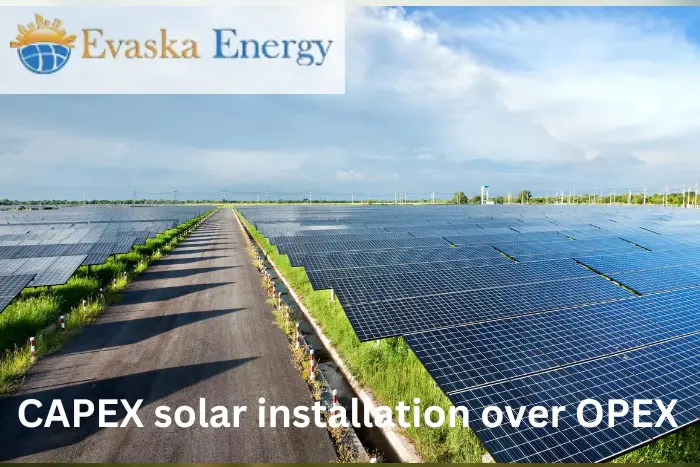Exploring Bifacial Solar Panels: How They Enhance Solar Energy Production
In the modern day, the growth of the Bifacial Solar Panel technology has driven massive adoption across commercial and industrial sectors. Solar energy is the sustainable and most powerful alternative to traditional sources. These automatically pave the way for a greener and more sustainable future. Based on the recent analysis, the size of the global bifacial solar market has reached US$ 11 Billion in 2023. The global market size is expected to reach about US$ 13 billion in 2024. By the year 2029, the Bifacial Solar Panels market size is expected to reach US$ 29.96 billion with a growing CAGR of 18.17%.
What Are Bifacial Solar Panels?
Bifacial Solar panels are the regular solar panels that have the special ability to collect sunlight from both the front and back sides of panels. Bifacial solar panels could easily increase the number of hours of panels capturing the sunlight. It acts as a dual-panel for absorbing the sun’s rays. Usually, the Bifacial Solar panel uses the advanced Photovoltaic (PV) technology which differs from the conventional solar panels based on the design along with functionality.
Bifacial solar panels involve single-sided counterparts and can absorb light from both sides. These can extensively increase energy production and efficiency even without any hassle. Bifacial panels especially have massive advantages over traditional solar panels.
Normally, bifacial solar panels are quite effective for increased levels of energy generation. Many Solar contractors have been using bifacial panels across rooftop installations, ground-mounted solar farms, floating solar arrays and more. It offers higher energy production on capturing the sunlight from both the front and back sides.
Adaptability of bifacial solar panels also makes them suitable for varied geographical locations. These also enable solar energy generation even within the limited space. The main advantage of utilizing this bifacial solar panel is that it can even perform in low-light conditions.
How Does Bifacial Solar Panels Work?
The concept of bifaciality works differently compared to traditional solar panels. The traditional solar panels absorb the light from the front, but the bifacial solar panels absorb the light from both the front and back sides. Bifacial panels involve the photovoltaic cells, which are enclosed within the glass covering the front.
Reflective or transparent material in the back side allows the light to easily pass through the cells. These have Rear-side reflectivity allowing the panels to easily capture sunlight. These works are based on principles of light absorption, transmission, and reflection of the sunlight.
For instance, the sunlight strikes the front side of the Bifacial Solar panel, and then PV cells absorb a portion of light energy for conversion. The remaining light would pass through the cells and then reach the back side through reflection.
Reflective material used on these bifacial panels is suitable for capturing more energy. These would also redirect rear-side sunlight towards cells. It also allows further absorption along energy conversion. The amount of light reflected on the backside of the panel would be based on the reflectivity of the surrounding environment.
- Captures Sunlight From Both Sides: Traditional solar panels absorb sunlight from the panel side facing the sun. However the bifacial panels have a see-through back layer for letting sunlight pass through. It helps to reach the back side of the panel to generate more energy.
- Reflected Light: Apart from the direct sunlight, these Bifacial Solar Panels can use light which bounces off surfaces such as nearby buildings or ground. It can produce electricity from direct and even the reflected sunlight.
- Increase Energy Generation: Bifacial panels collect sunlight from 2 directions and easily generate electricity compared to regular panels. It also makes it really efficient in places where more sunlight bounces around
- Enhanced Durability: Bifacial panels are made with durable materials like double-layered glass. These help to improve longevity as well as provide complete resistance to environmental aspects such as wind, hail, and temperature fluctuations
- Aesthetic: Bifacial solar panels are known for their sleek and modern design. These panels also add aesthetic value to your building and landscapes with the best architectural integration.








